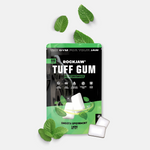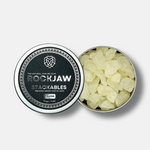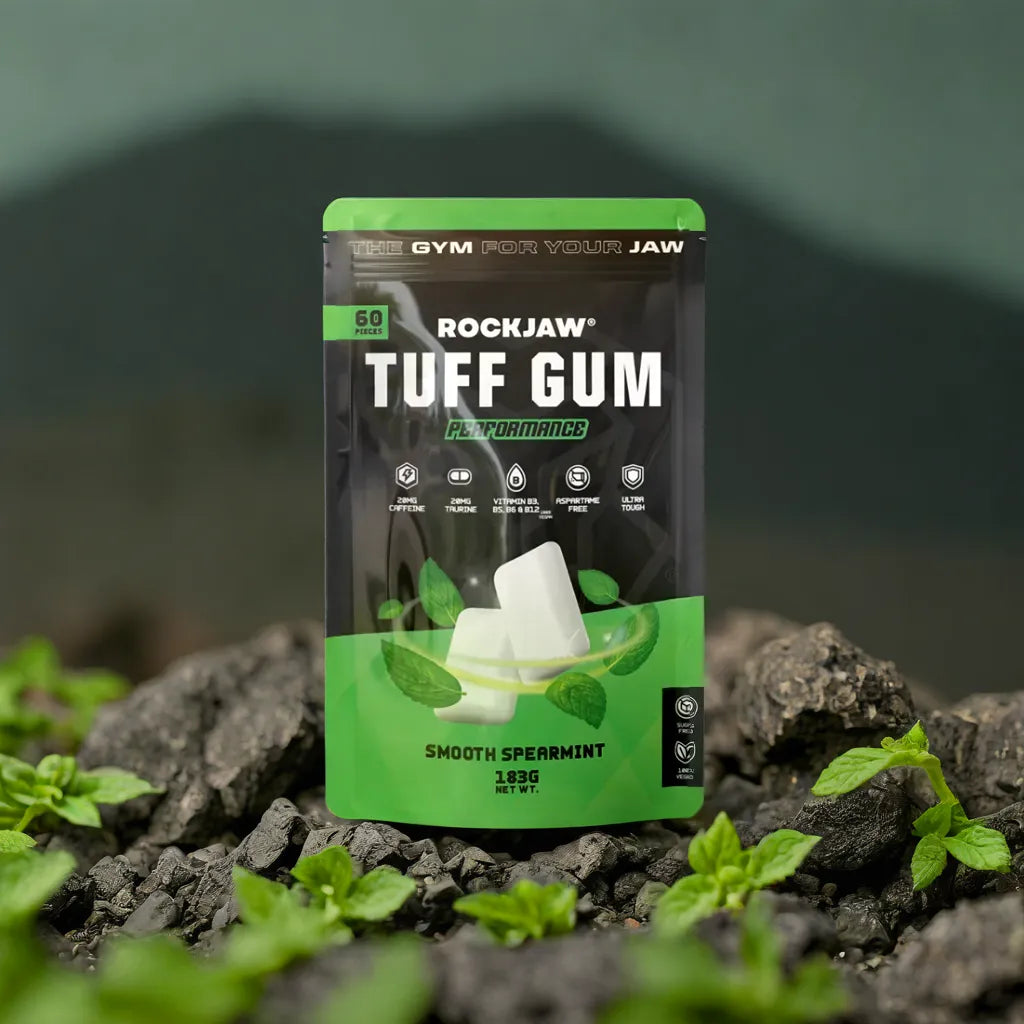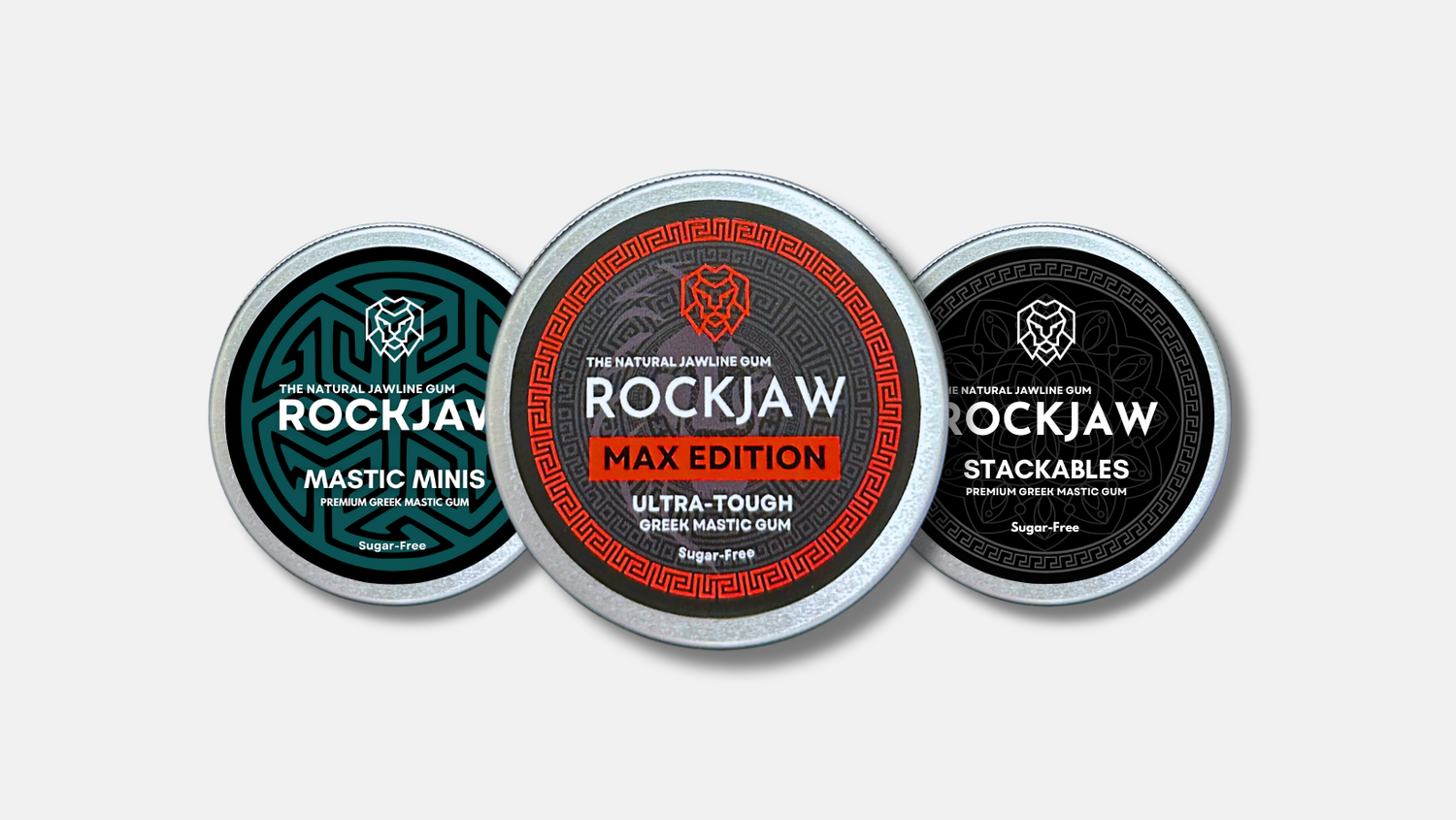Mastic gum is a natural resin that comes from the Pistacia lentiscus tree. It is only found in one place on Earth: the Greek island of Chios. The trees are small and can only be harvested when they are 30 years old.
Mastic gum has been used for thousands of years as a medicine, food, and cosmetic ingredient by people all over the world. In ancient Greece, it was used to treat toothaches and sore throats.
Today, mastic gum is commonly used as a jawline exerciser, breath freshener or digestive aid. It's commonly found in chewing gums and toothpaste because it has antibacterial properties that help fight bad breath and plaque build-up on your teeth.
The answer is simple: it's very hard to grow and harvest mastic gum.
Mastic gum is a resin that comes from the leaves of the mastic tree (Pistacia lentiscus), which grows in the Mediterranean region, particularly Greece. It's harvested once every seven years, and there are only about 200 trees left on Earth.
The trees are cultivated on small plots of land where they are pruned to prevent overgrowth. The resin is tapped from the branches of these trees with a special tool called a 'torto' or 'michani.' It takes at least ten years for the mastic tree to start producing resin; after that time, it will produce resin for another hundred years or so before dying naturally.
Since these trees cannot simply be cut down at any time, they must be harvested carefully so that there will be enough left over to produce more mastic gum next year. This process takes time and requires skilled workers who know how to handle the trees properly so that they do not die during harvest season or after being cut down by inexperienced workers who do not know how to protect them from sun damage or disease during this time period.
Because there aren't many trees left that produce this resin, it's expensive to harvest and ship to other countries where it's sold at high prices.









